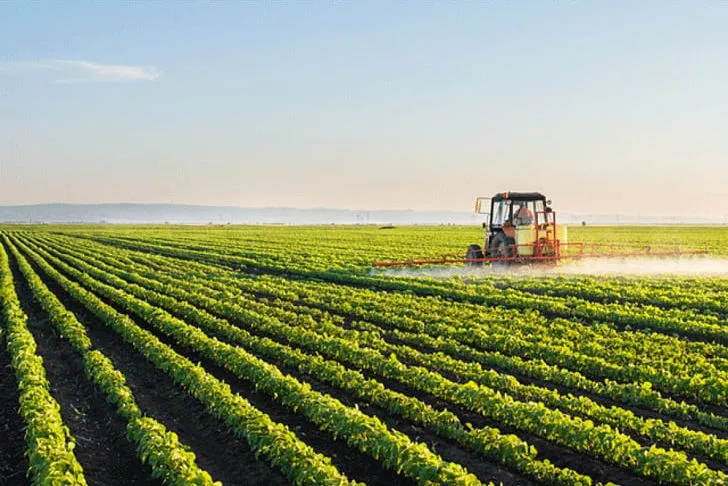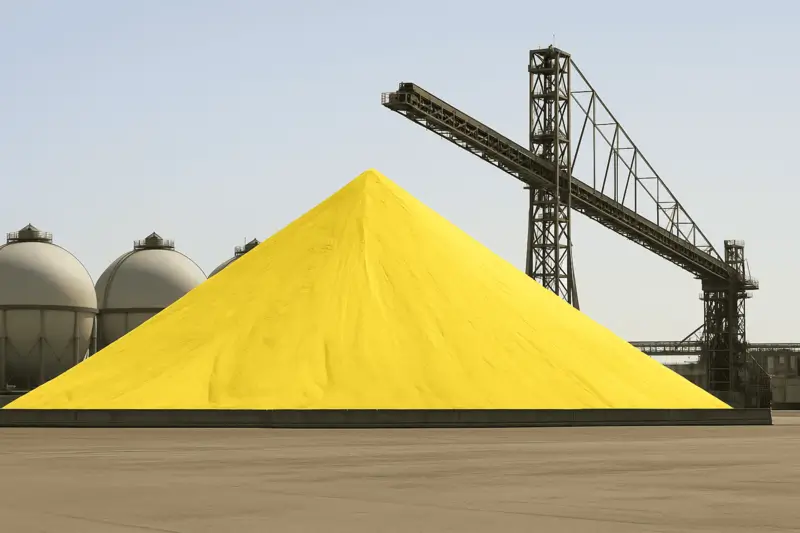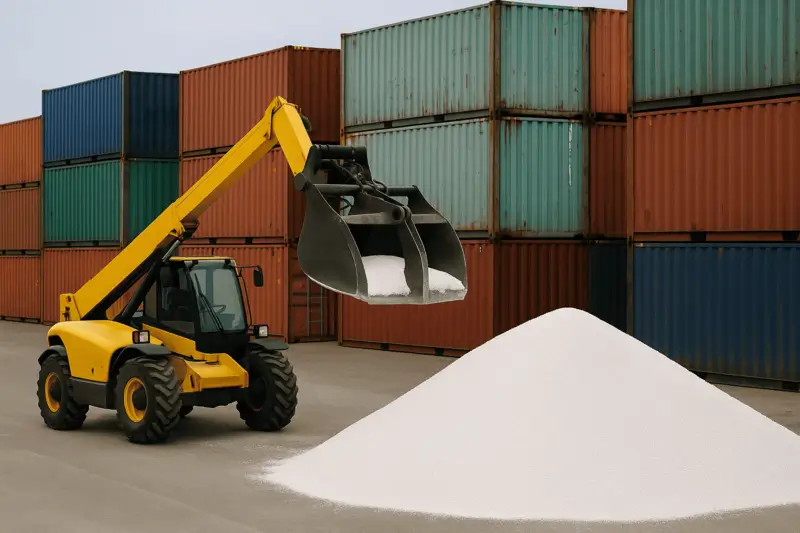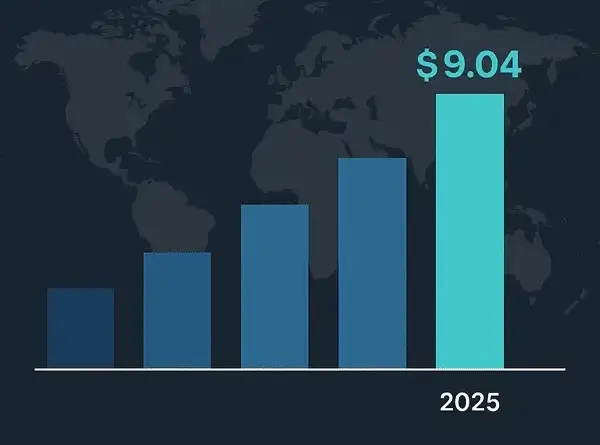The Brazil fertilizer market 2025 is emerging as one of the fastest-growing segments in the global agriculture industry.
Driven by rising demand for food and biofuels, Brazil plans to boost its fertilizer production capacity from less than 50 million tons to 73 million tons by 2036 under the National Fertilizer Plan.
The plan, unveiled at the 12th Brazilian Fertilizer Congress in São Paulo, highlights Brazil’s determination to reduce dependence on fertilizer imports from Canada, Russia, and Belarus.
Officials from the Ministry of Agriculture and Livestock (MAPA) and the Brazilian Association for Fertilizer Diffusion (ANDA) have endorsed the initiative as vital for the nation’s food security.
Brazil Potash Leads the Charge with Autazes Project
The Autazes Potash Project, developed by Brazil Potash (NYSE: GRO), lies at the heart of Brazil’s self-reliance mission.
With an investment of USD $1.8 billion, the project will deliver 2.2–2.4 million tons of Muriate of Potash (MOP) annually—entirely dedicated to Brazilian farmers in Mato Grosso. The project also aims to secure a third offtake agreement to guarantee sales of the entire output.
“Brazil’s dependence on potash imports will soon be history,” said Matt Simpson, CEO of Brazil Potash, highlighting the project’s role in national food security.
Sustainability and Global Collaboration
A landmark MoU between the United Kingdom and Brazil was signed to promote sustainable fertilizer production ahead of COP30. The agreement includes R&D support for local fertilizer innovation and aims to make Brazil’s agri-sector more competitive in global markets.
At the same time, Brazil faces challenges from rising fertilizer prices. The cost of Sulfate of Potash (SOP) reached USD $870–900 per ton in early 2025, reflecting the tight global supply chain and growing demand from biofuel production.
Regional Players Join the Race
While Brazil leads Latin America’s fertilizer strategy, Paraguay is also stepping up. Yara International invested in the Villeta Green Ammonia Project, which will use hydropower to produce low-carbon calcium ammonium nitrate (CAN) fertilizers. The ten-year deal will supply 2.6 million tons of CAN to markets across Argentina and Brazil—marking Yara’s push for low-emission fertilizers.
Africa’s Growing Connection to the Brazil Fertilizer Market 2025
The report highlights how Africa’s fertilizer demand is soaring, with Nigeria and Ethiopia launching major projects.
Nigeria imported 560,000 tons of fertilizers in 2025 despite its Presidential Fertiliser Initiative (PFI), while Dangote Fertilizer Ltd. is investing USD $2.5 billion to build a 3 million tons per year urea plant in Ethiopia, powered by local natural gas.
These moves could reshape Africa’s fertilizer landscape—creating new competition for Morocco’s OCP Group, which dominates the phosphate market.
Millennial Potash (MLP) Shines in Africa
In Gabon, Millennial Potash (TSX-V: MLP) has become one of the hottest stocks in the potash sector.
Recent drill results at the Banio Potash Mine revealed 112m thick seams grading 15.9% KCl, giving the project an impressive NPV of USD $1.7 billion. With strategic access to Brazil and U.S. markets, MLP is emerging as a key player in the African potash boom.
Global Fertilizer Politics Impact Brazil Fertilizer Market 2025
The United States has added Potash to its Critical Minerals List and is considering Phosphate due to prices crossing USD $900 per ton.
Meanwhile, the European Union has launched an antidumping probe into Russian fertilizer imports.
These regulatory shifts and trade policies directly affect the Brazil fertilizer market 2025, reshaping global supply chains and investment patterns.
Future Outlook: Brazil Fertilizer Market 2025 Leads a Global Shift
The Brazil fertilizer market 2025 marks a global transition toward local production and sustainable growth.
Brazil, Paraguay, and several African nations are redefining fertilizer supply networks through strategic investments and partnerships.
“The last thing we need is another war over grains and fertilizer supplies. The real solution lies in local production, sustainable mining, and international cooperation.”
Click here for fire Growth_Minerals_Review_Oct2025





